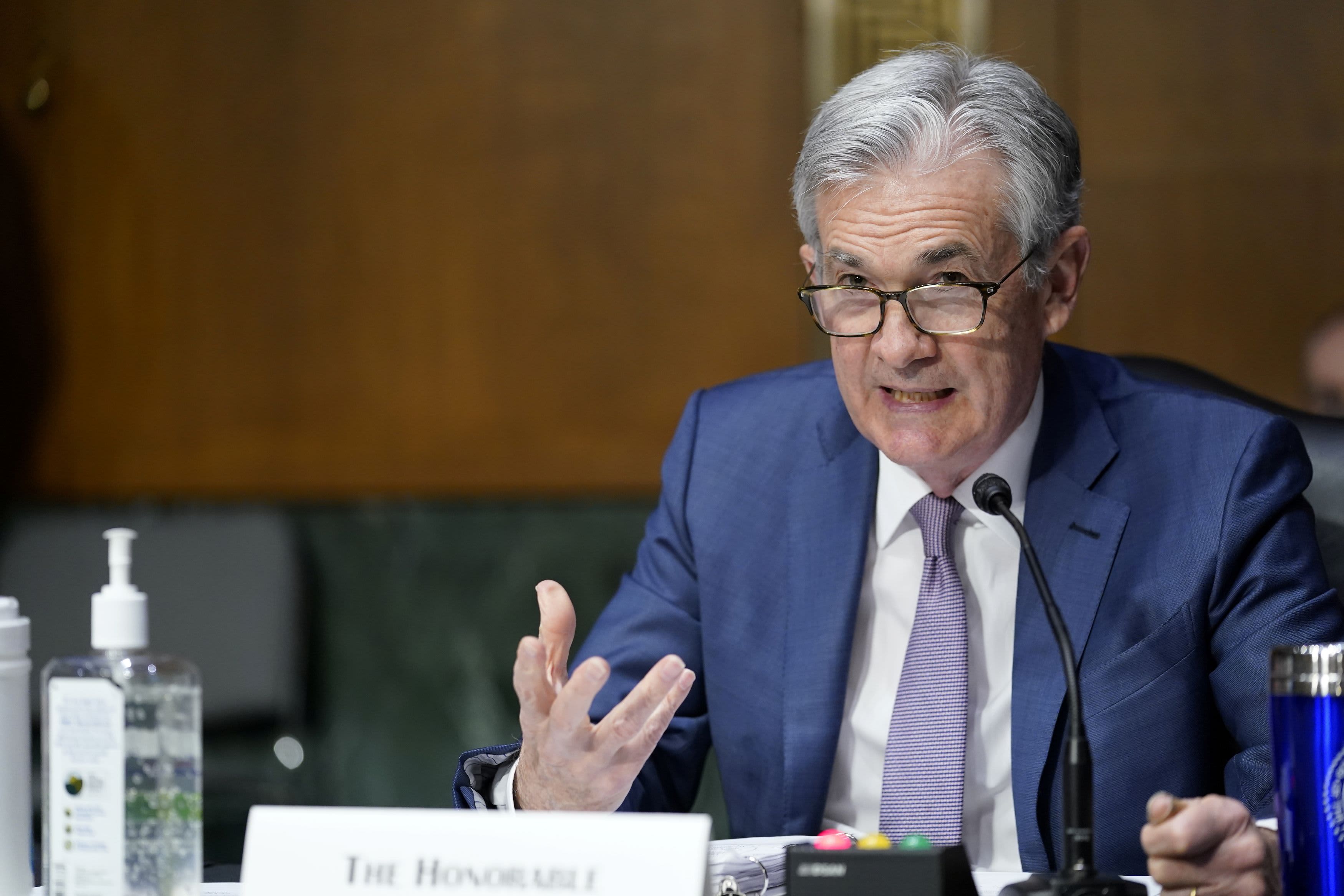Federal Reserve Chairman Jerome Powell painted a bleak picture on the US employment situation on Wednesday, saying continued support for aggressive policies is needed to fix the myriad of problems still facing workers.
Addressing the issue will require a “patiently accommodating monetary policy that embraces the lessons of the past” in relation to the benefits that low interest rates bring to the labor market, the head of the central bank told the New York Economic Club.
Although the economy has recovered more than 12 million jobs since the early days of the Covid pandemic, Powell said the United States is “too far” from where it needs to be in terms of jobs.
“The full realization of the benefits of a strong labor market will require the continued support of short-term policy and long-term investments, so that all job seekers have the skills and opportunities that will allow them to contribute and share the benefits of prosperity, “he said in prepared comments.
The pace of job creation has slowed considerably.
Although the unemployment rate fell from its high of 14.8% to 6.3% in 2020, the non-farm payroll increased only 49,000 in January and fell by 227,000 in December. More than 10 million workers are still out of jobs – 4.4 million more than before the pandemic a year ago.
Powell also said that the headline unemployment rate “dramatically underestimated” the real damage, including the biggest drop in 12 months in labor force participation since at least 1948.
With no misclassifications that have plagued the Department of Labor since the pandemic began in March, the unemployment rate would be closer to 10%, added Powell. He also noted that the impact was particularly costly for those earning less, with employment in the lower quartile dropping 17% during the coronavirus crisis, while the upper level saw a decline of just 4%.
“Despite the surprising speed of recovery at the beginning, we are still a long way from a strong job market, the benefits of which are widely shared,” said Powell.
To address the disparities, the Fed six months ago adjusted its approach to full employment to make it a “broad and inclusive” target and said it would not start raising interest rates until that goal was achieved. The focus of the approach is the willingness to allow inflation to get a little warmer than the Fed’s standard 2% target for price stability.
Powell noted that in the last years of the record expansion ended a year ago, wage and employment gains began to spread more evenly as the unemployment rate fell, without the threat of rising inflation. When the unemployment rate fell in the past, the Fed would raise rates to avoid inflation, but it will not do so now.
The Fed is keeping its benchmark short-term loan rate anchored close to zero and is buying at least $ 120 billion in bonds a month.
While he said he was confident that the Fed’s new approach would lead to better results, he said that monetary policy alone cannot do everything.
“Given the number of people who have lost their jobs and the likelihood that some will find it difficult to find work in the post-pandemic economy, achieving and maintaining maximum employment will require more than a supportive monetary policy. This will require a commitment from the whole society, with contributions from the entire government and the private sector, “he said.
Powell added that mass vaccination will help as much as tax programs, such as the Paycheck Protection Program, which provides loans to companies that retain workers.
